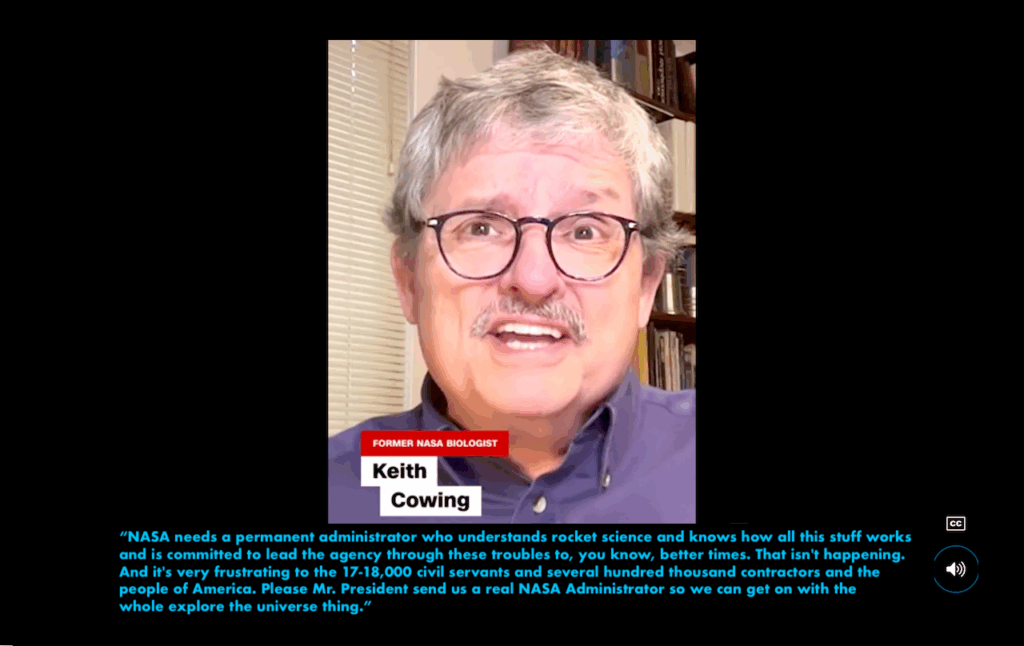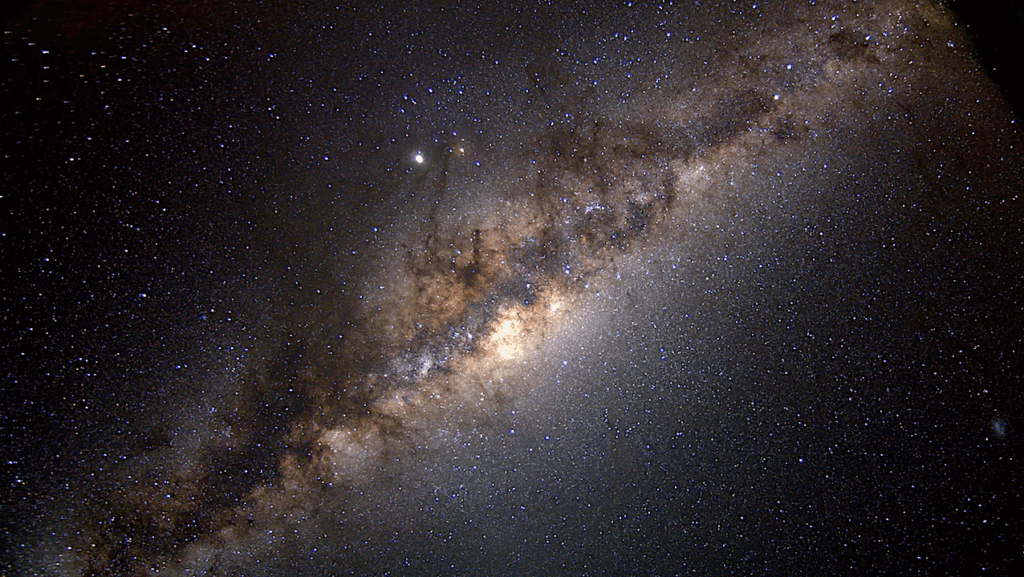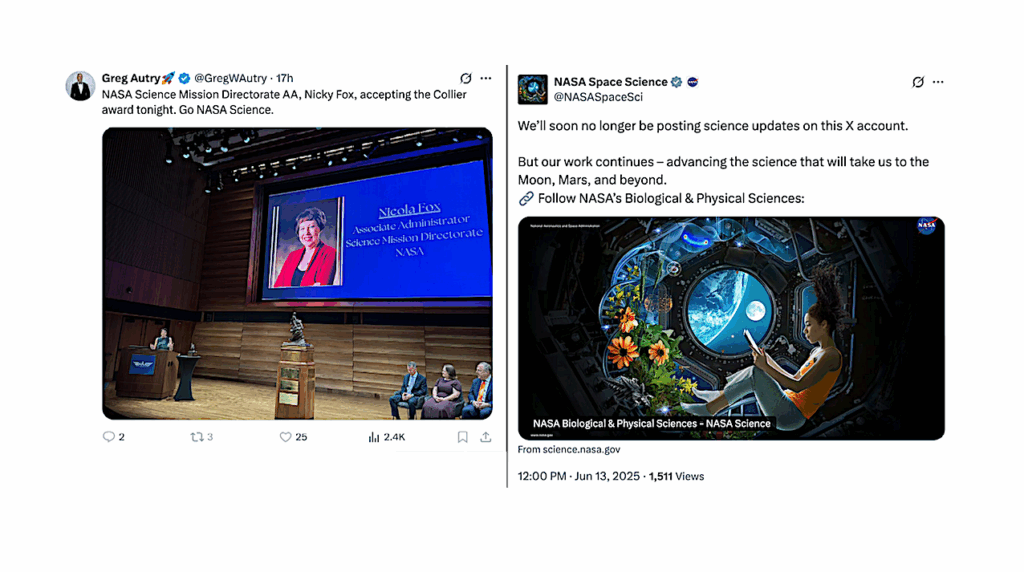Temperate Earth-Sized Planets Found in Extraordinarily Rich Planetary System TRAPPIST-1

Temperate Earth-Sized Planets Found in Extraordinarily Rich Planetary System TRAPPIST-1 , ESO
“Astronomers have found a system of seven Earth-sized planets just 40 light-years away. Using ground and space telescopes, including ESO’s Very Large Telescope, the planets were all detected as they passed in front of their parent star, the ultracool dwarf star known as TRAPPIST-1. According to the paper appearing today in the journal Nature, three of the planets lie in the habitable zone and could harbour oceans of water on their surfaces, increasing the possibility that the star system could play host to life. This system has both the largest number of Earth-sized planets yet found and the largest number of worlds that could support liquid water on their surfaces.”
Spitzer Telescope Telescope Reveals Largest Batch of Earth-Size, Habitable-Zone Planets Around Single Star, NASA
“NASA’s Spitzer Space Telescope has revealed the first known system of seven Earth-size planets around a single star. Three of these planets are firmly located in the habitable zone, the area around the parent star where a rocky planet is most likely to have liquid water. The discovery sets a new record for greatest number of habitable-zone planets found around a single star outside our solar system. All of these seven planets could have liquid water – key to life as we know it – under the right atmospheric conditions, but the chances are highest with the three in the habitable zone.”









http://www.nature.com/natur…
Abstract quote:
“Here we report observations of three short-period Earth-sized planets
transiting an ultracool dwarf star only 12 parsecs away”
I see what you did there.
pop culture reference #1:
ultracool dwarf star = Peter Dinkalage
pop culture reference #2:
12 parsecs = 1 Kessel run
Anybody keeping track of the accuracy of the actual news reporting, specifically television? The announcement I saw had the anchors scrambling up the number of earth-sized planets with the number in the habitable zone. Just wondering how the other channels & outlets did.
What about the tendency of some red dwarfs to experience major flares? Does that apply to this type of star?
It’s unusually quiet for a red dwarf star when it comes to flares, but still putting out a considerable amount of x-rays and other radiation that could erode its planets’ atmospheres.
And the star is only 500 million years old. Not much chance of finding life.
I didn’t know that the actual age of the star was given. During the presser, it was said that because these types of dwarf stars ‘evolve’ so slowly, it was almost impossible to gauge an accurate age for this particular star system.
There are also recent Kepler results suggesting the conventional way to estimate stellar age is not reliable. The precision of Kepler observations allows helioseismology and an independent measure of a star’s internal structure. The old approach of estimating age from rotation rate, based on data for stars under a few million years old and extrapolation, doesn’t agree with the new data.
I stand corrected; I’m not sure where that number came from, and now don’t find it in my history.
I noticed that one researcher says there is a 60% chance it is main sequence, and 40% chance a brown dward.
I understood them to suggest that the lower limit for the star’s age is 500 million years — which isn’t quite the same as saying the star is 500 million years old?
So many world’s, so much silence. Why? There lies the rub.
I just finished reading KSR’s “Aurora”, for the second time. He’s very pessimistic about life anywhere, pointing out that biology is likely inimicable, and that the distances cannot be mastered.
Agree or disagree it is a powerful argument.
the kind of system Jupiter tried so hard to be
Using ground and space telescopes, including ESO’s Very Large Telescope, the planets were all detected as they passed in front of their parent star, the ultracool dwarf star known as TRAPPIST-1.
NASA Spitzer Space Telescope reuse is impressive ingenuity here.
Late to the party on this one, I know, but I just got a chance to watch the briefing held by NASA 2.22.2017.
<frustration>
First: this news from NASA is nothing short of historic. Where is the enthusiasm? And I don’t mean from the researchers, either; they are clearly stoked (though it has to be said that scientists are a fairly conservative bunch).
But NASA PAO? Seriously??
Why wouldn’t NASA want to put forward the very best? Why would someone like Felicia Chou – a lovely and very nice lady, I’m sure – be ‘point’ on this? She’s shockingly wooden, reading a list of questions that do not respond to the answers, appearing to completely use interest between the questions (or checks her Twitter feed, I guess). Why would Ms. Chou need to read all of her remarks – she’s staring at her iPad. It’s unprofessional.
More – how about a new set design? Yes, the videos were pretty good, and they were clear. But those dark curtains have to go. NASA has a bajillion images from around the universe to use. These events should loom a lot more like the NBC Nightly News than a bunch of nerds sitting on bar stools.
Unfair? Maybe. But SpaceX has raised the bar – this would be some of the competition that people like to talk about. Show us some of the infectious experts at NASA – scientists of any age but focus on some of the younger ones. Let them do the interviews with these top-notch researchers like Dr. Seager.
(And maybe it’s just me: but these scientists should be properly addressed as Dr. Seager, etc., and not as “Sara”, and particularly not by the aforementioned Ms. Chou. These are our very best scientists. It’s a respect issue).
All in all a disappointment. How can NASA screw up content like this??
</frustration>